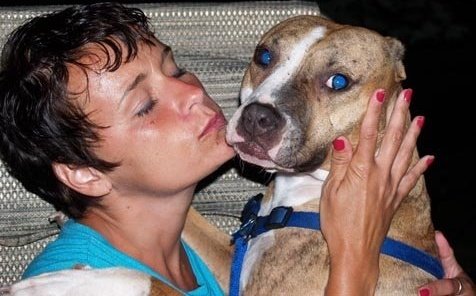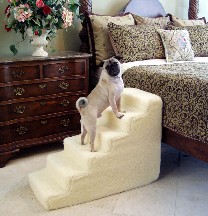Training your dog is a vital part of the relationship that you have with him. A well trained dog will be more confident around people and will be a source of pride to your as his owner. Thus dogs should receive some form of obedience instruction and this is often done at home by the owner. This is an attractive option as it is often expensive to get proper formal classes. When you are doing it yourself there is less of a commitment so you can do the training when it suits your lifestyle too. Unfortunately many people are not very successful, as the flexibility that do it yourself training gives also leads to an unfocused approach. This article will discus five things to avoid so that you have success in your training program.
1.As already mentioned the biggest problem is not being committed. But this is not really a surprise to you, I am guessing as a lack of commitment in anything will ultimately lead to a poor outcome. Staying committed is about returning to what first motivated to undertake the task and then being disciplined.
Reinforce in your mind the original reason you started to train your pet. Think of the enjoyment your will get from being able to interact with your dog at a deeper level than just throwing the ball. Think of the peace of mind that will come when you know that your dog will behave in a variety of social situations.
Committed also means keeping the desire to learn. Read up about the breed of your pet. Find out what methods work well or what the dog is best suited to. Don't give up learning about the breed of dog. This will benefit your connection with the dog, inspire you to come up with new routines and make the training process easier.
2.Not being consistent. This will happen when you bore with teaching the same thing repeatedly and want to move onto something new. You have to go at your dogs pace, not yours. You have to consistently repeat the command until your pet has it down to a tee. Keep it simple and straightforward to begin. Importantly, you should never move onto another command until you know that the dog understands the one you are teaching. Your dog will also get bored at times so don't make your session too long.
3. Using negative reinforcement rather than positive reinforcement. Never hit or strike a dog if it fails to do a command as you liked or failing to understand what commanded. This is not only cruel but will confuse the animal. Pain will not motivate it to act in a natural way. Rather give it positive reinforcement through encouragement and even a reward. Soon your dog will want to be successful and this will make training easier in the long run.
4. Not Being flexible to new ideas. Don't fix on one method just because it was endorsed by such and such or because it worked for your friend. All tips and techniques are merely guidelines for your training process. Again, just like humans, each dog will have his own pace of learning and enjoy different methods. As you work with your pet you will begin to understand what works and what doesn't work.
5. Try to keep a balance between being consistent in your training and keeping the process interesting. Avoid getting into a rut that will make the training dull and boring. Try to keep the training fun. Again this will be dependent on your pets temperament but why not try going to different venues. Why not make the lessons short and then add a bit of play time at the end. Alter the incidental parts of the training but don't play around with the core components of the lesson - one command per session.

 Worlds Smallest Dog Breeds
Worlds Smallest Dog Breeds
 Important Tips on Choosing and Caring for Our Dogs and Best Friends
Important Tips on Choosing and Caring for Our Dogs and Best Friends
 Curing Your Dogs Separation Anxiety
Curing Your Dogs Separation Anxiety
 Four Helpful Truths About Blindness in Dogs
Four Helpful Truths About Blindness in Dogs
 Interview With A Pit Bull Rescuer
Interview With A Pit Bull Rescuer
 3 Tips to Stop your Dog from Pulling on the Leash While Walking and Keep Your Arms in Their Sockets
3 Tips to Stop your Dog from Pulling on the Leash While Walking and Keep Your Arms in Their Sockets
 My Dog Lunges And Barks At Other Dogs
Walking your dog is a nightm
My Dog Lunges And Barks At Other Dogs
Walking your dog is a nightm
 The Best Products For Little Dogs
The Best Products For Little Dogs
Small dogs aren抰 access
The Best Products For Little Dogs
The Best Products For Little Dogs
Small dogs aren抰 access
 Dogs Crates and Relaxation
Dogs Crates and Relaxation
Dogs Crates and Relaxation
Dogs Crates and Relaxation
 Dogs – Canine Rivalry – Dog Fighting
Dogs – Canine Rivalry –
Dogs – Canine Rivalry – Dog Fighting
Dogs – Canine Rivalry –
 Is Your Dog Depressed?
Is Dog Depression a Real Con
Is Your Dog Depressed?
Is Dog Depression a Real Con